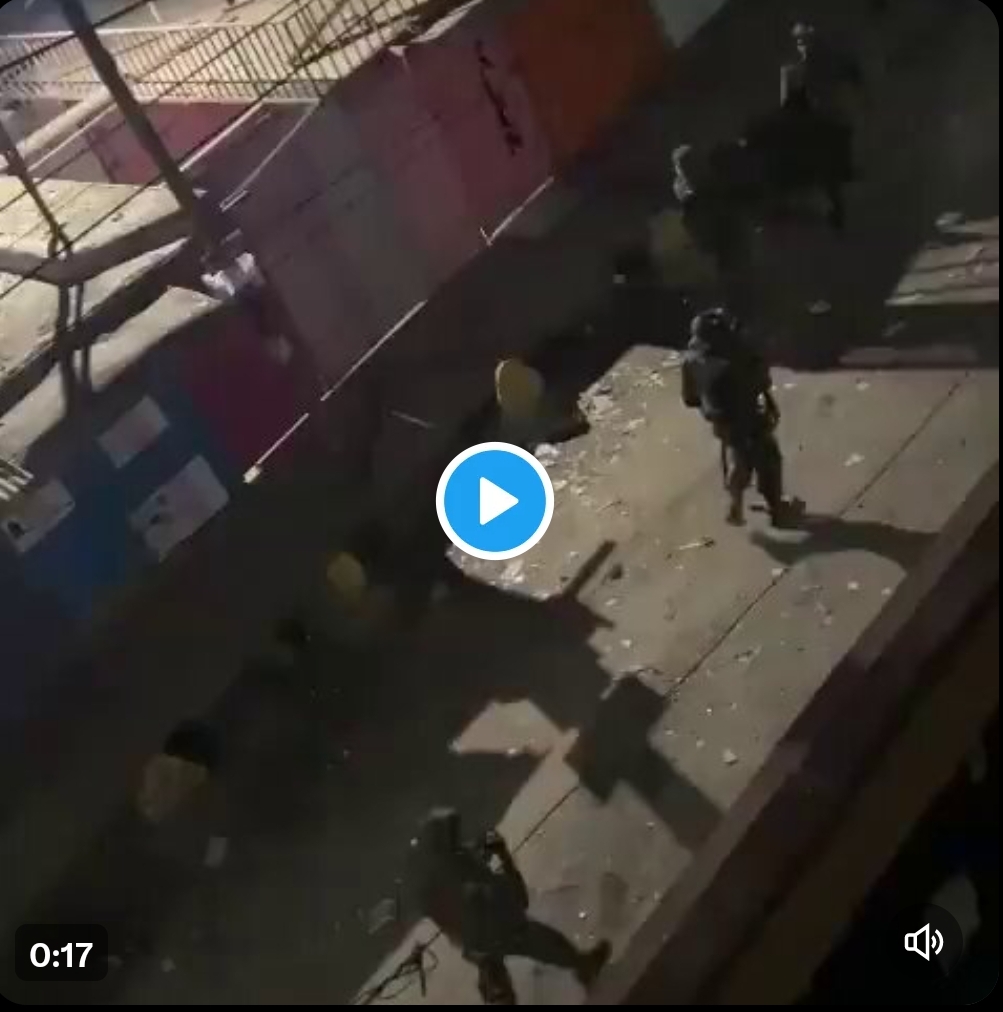The scenes captured in the video evoke a profound sense of sadness and frustration.
Seeing law enforcement officials, who are meant to protect the public, resort to such aggressive and careless measures is deeply unsettling.
When police engage in actions that appear to disregard the safety and dignity of protesters, it not only endangers lives but also erodes public trust in the institutions meant to uphold justice and order.
The use of tear gas in residential areas is particularly alarming. Tear gas is a powerful and often indiscriminate tool that can have severe health effects, especially on vulnerable populations such as children, the elderly, and those with respiratory conditions.
When deployed in neighborhoods, it doesn’t just affect those involved in protests; it seeps into homes, schools, and places of worship, turning everyday life into a nightmare for residents.
Moreover, such incidents can have long-term psychological impacts on communities.
The trauma of experiencing violence and fear in one’s own home can lead to lasting anxiety and mistrust towards authorities.
It underscores the need for systemic changes in policing practices, emphasizing the importance of community engagement, transparency, and the implementation of non-violent methods to handle protests and civil unrest.
The international community often watches such events with concern, raising questions about human rights and the treatment of citizens.
Governments must recognize that upholding human rights and maintaining public order are not mutually exclusive.
There must be a concerted effort to train law enforcement in ways that de-escalate conflict and respect the right to protest, ensuring that the actions taken in the name of security do not undermine the very foundations of democracy and justice.


